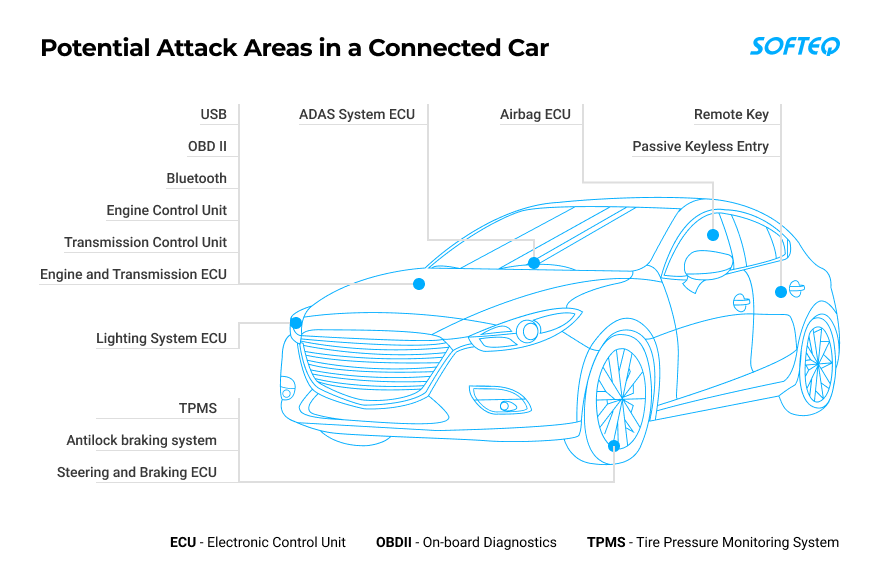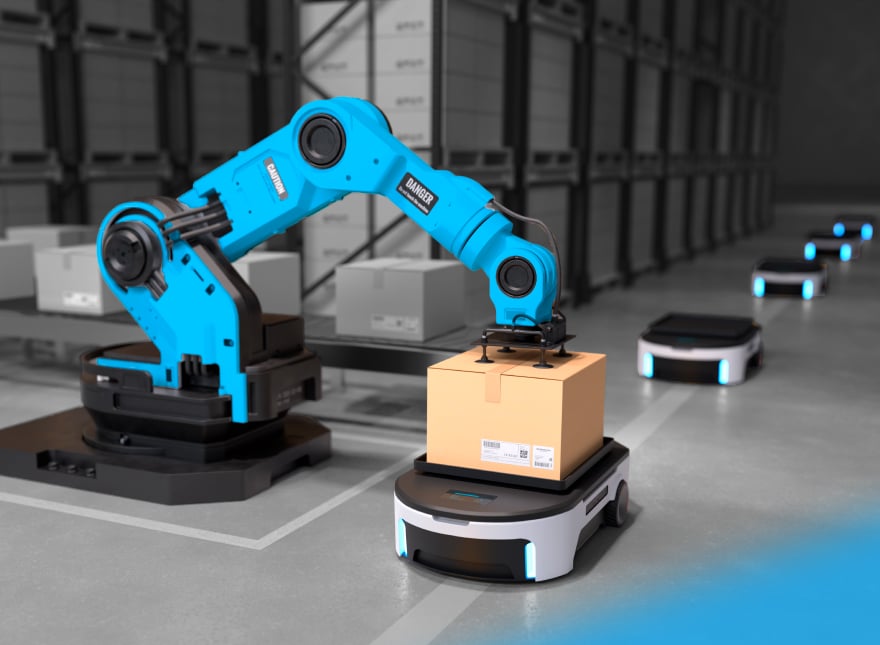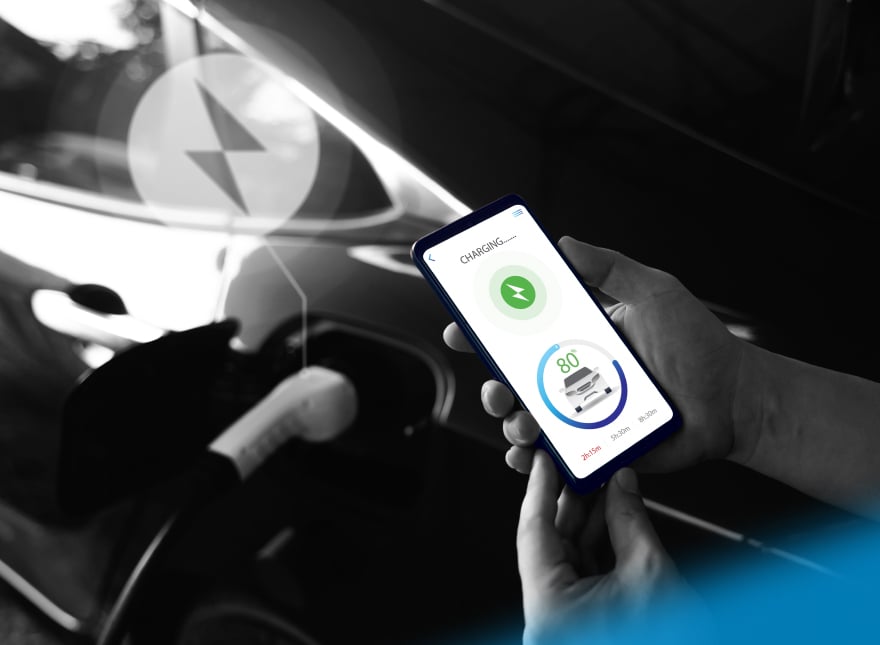Check out our latest blog article: From component to enterprise – modular robotics done right.
Automotive IoT: How to Secure Connected Cars

Connected cars are the latest frontier in automotive innovation, but with all that tech comes a whole new set of security concerns. Ensuring these cars are safe means more than just having a good lock on the door—it's about building a solid cybersecurity foundation.
Imagine if a hacker could tap into your car's systems remotely, messing with your brakes or transmission while you're cruising down the highway. Not a pleasant thought, right? Car manufacturers must prioritize cybersecurity in their designs and ensure their products meet the highest standards.
The Risk With Connected Cars
Today's connected cars are like rolling data centers, churning out tons of info every hour about the driver, the vehicle, and its passengers. While most of this data stays in the car, the exchange between vehicles and the cloud opens opportunities for hackers to swoop in.
What Do Cybercriminals Target in Connected Cars?
Cybercriminals typically look for valuable goods and services they can cash in on. In the case of connected cars, there are three main targets hackers look for:
- The data cars collect, including personal info about users.
- Physical access to the cars themselves and the services they offer.
- The resources cars use, like battery power and internet connectivity.

Top Cyber Threats to Connected Cars
Hacking a car is not just a plotline in a sci-fi movie. Now, it's a real concern. From denying service to intercepting data, cyberattacks on connected cars can wreak havoc on the road such as:
- Denial of Service (DoS) attacks that render the car's software useless.
- Man-in-the-Middle (MitM) attacks that intercept and manipulate data between the car and the cloud.
- Theft of personal data, like trip history and financial info.
- Malicious software that messes with critical systems, putting drivers at risk.
How to Secure Connected Cars
To keep our cars safe from cyber threats, the industry needs to take proactive steps such as:
- Design cars with security in mind from the get-go.
- Assess potential risks and create a plan to address them.
- Implement end-to-end security measures to protect data in transit.
- Invest in technologies that can detect and respond to attacks.
- Use tools like vulnerability scanners and firewalls to shore up defenses.

Connected Vehicle Regulation
There's currently a lack of federal regulations that specifically target connected car security in the US. However, states like Massachusetts are taking steps to fill that gap with bills aimed at protecting personal data generated by connected cars.
Ultimately, implementing strong cybersecurity standards and regulations is essential for keeping our vehicles—and everyone on the road—safe. It's not just about protecting data; it's about protecting lives. Get in touch to get help meeting your automotive security needs.
More articles on the topic






